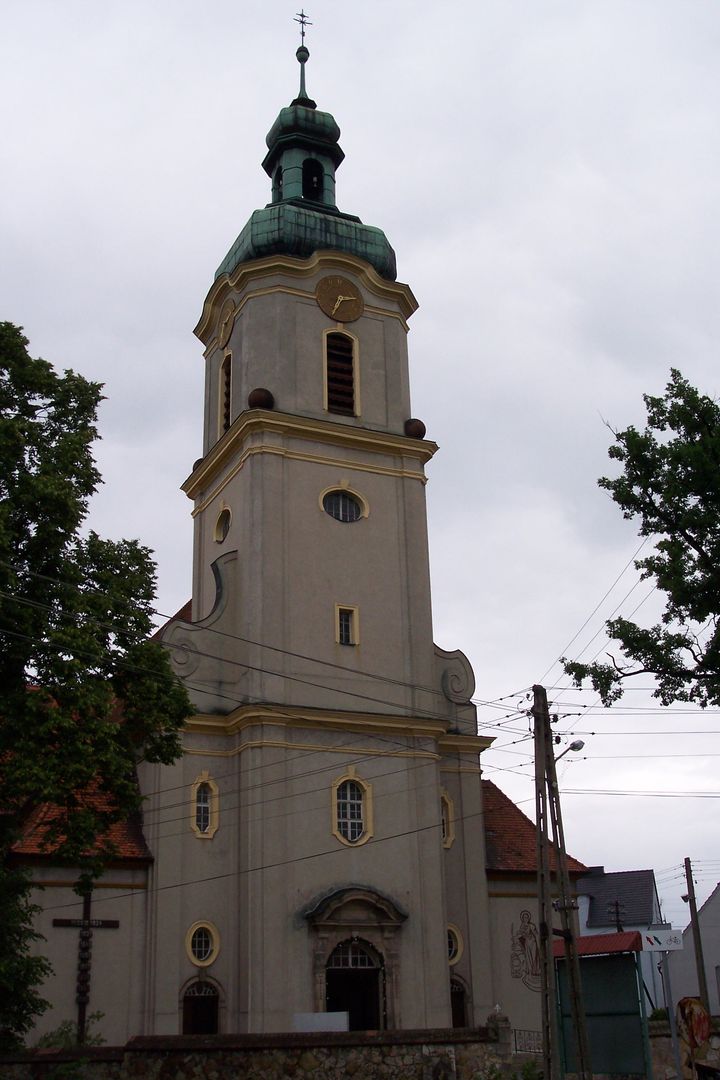Krasiejów
6.06

Overview
Krasiejów is a village in the Opole Voivodeship, located in the municipality of Ozimek, with a history dating back to around 1292. Its name derives from the Old Polish word "kraszenie," meaning dyeing, or "krasny," meaning red. In the 19th century, the village was given the German name Krascheow and later Schönhorst. The village was a significant cultural and industrial center; in the 15th century, a wooden church was built, which was replaced by a brick one in 1804, becoming the main parish church from 1867. Krasiejów developed ironworks and brickyards, and the opening of a railway line in 1854 contributed to the village's further growth. The community played an active role in Polish organizations, including the "Sokół" movement, and participated in the Silesian Uprisings. In 1910, more people identified as Polish. Krasiejów is also a significant site for paleontology; excavations have been conducted here since 1993, leading to the discovery of new dinosaur species. The remains of Silesaurus opolensis have attracted the attention of scientists worldwide. In 2006, the Paleontological Museum was opened, and in 2010, JuraPark Krasiejów was launched, attracting tourists with its exhibition of dinosaur models and educational attractions. The village also features historical monuments, such as the neo-Baroque Church of St. Margaret and a collective grave of Silesian insurgents. The Paleontological Pavilion, designed by renowned architects, has won architectural awards. Krasiejów combines rich history, preserved traditions, and modernity, making it an important location on Poland's paleontological map.
Location
You can also find here:
2025 Wizytor | All Rights Reserved
